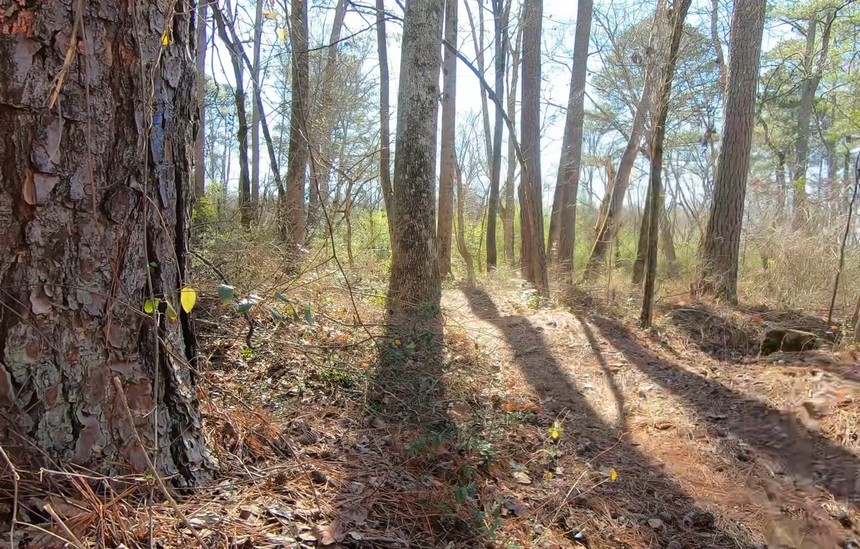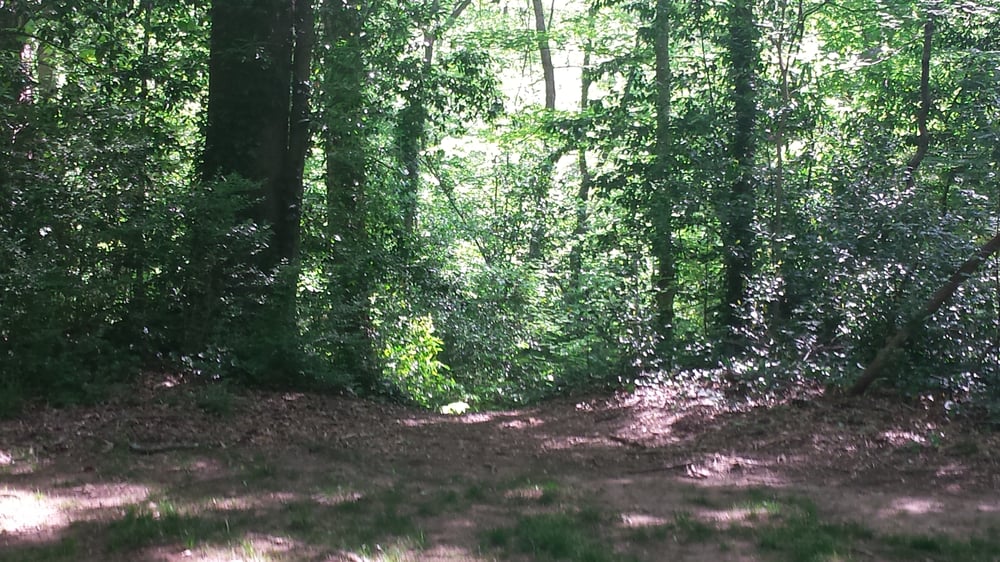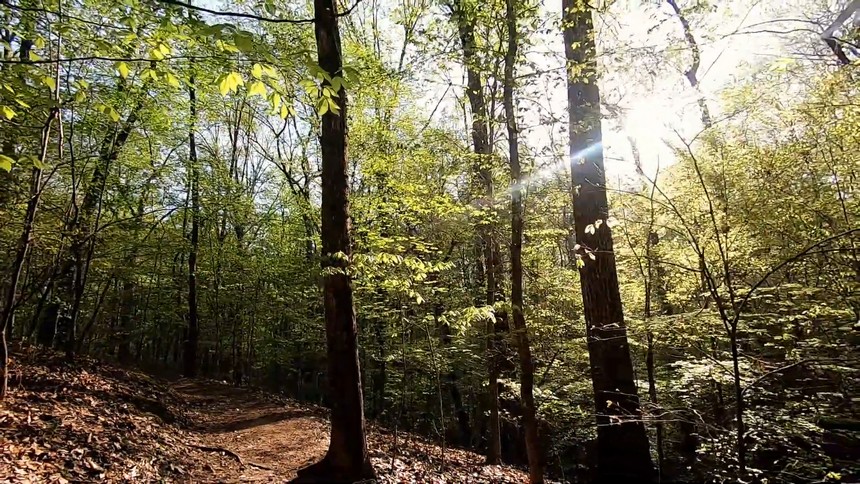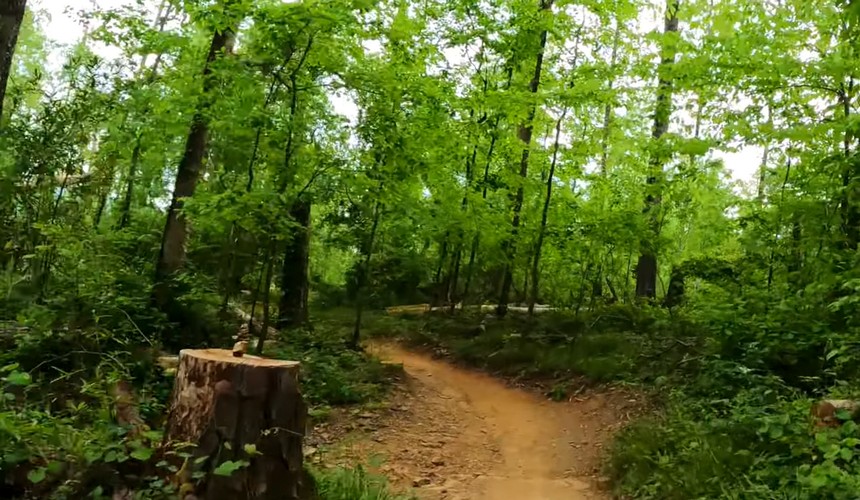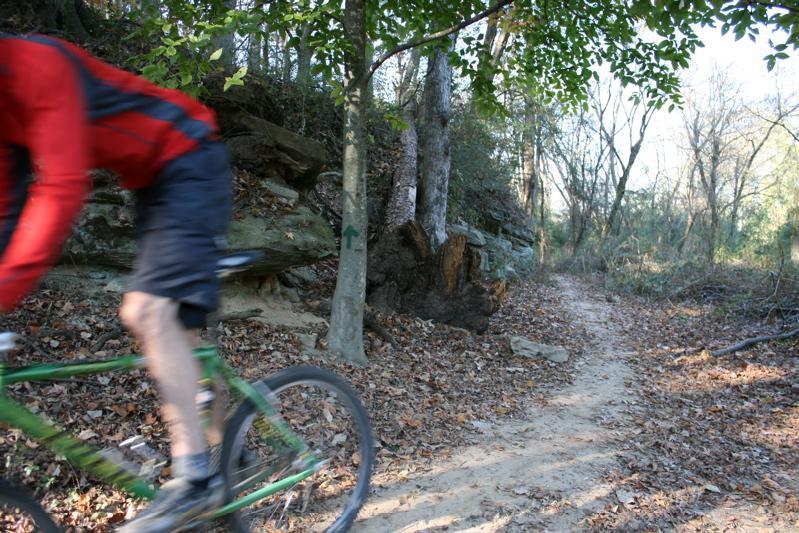Atlanta, Georgia: Area Description
Atlanta is the state capital of Georgia and also the largest city. It has a total area of 134 square miles with water occupying 7.6% of the area. The city known as the city in a forest or city of trees is in the deep south of the Blue Ridge Mountains which are part of the Appalachian Mountains in the southeastern region of the country.
The city has high elevation because it is in the south of the famous Chattahoochee River and around 1,050 feet above mean sea level. The River supplies 70 per cent of the fresh water in the metropolitan area.
20 cities and counties, including Marietta and Decatur, make up the large metropolitan area with an approximate population of 5.6 million.
Rainwater from the west and north of the Eastern Continental Divide which passes through the city drains into the Chattahoochee River and eventually the Gulf of Mexico and the one from the east and south drains into the Atlantic Ocean.
Atlanta has rolling hills and numerous rivers and lakes such as Lake Allatoona, Lake Sinclair, Lake Lanier and Lake Seminole near Tallahassee. You can enjoy many recreational activities around these lakes which originated from dams and have a large variety of fish such as crappie, bass, sunfish and catfish.
Avid bikers have many trails to choose from as they explore the parks and villages. They include the Mason Mill Waterworks trail that we would recommend to anyone looking for a single track with technical challenges.
| Land area (sq. m; sq. km) |
353 km² |
| Minimum Elevation |
738 feet |
| Maximum Elevation |
1,050 feet |
Demographics of Atlanta
Before the Europeans settled in Atlanta, it was previously inhabited by Creek Indians and Cherokee. The population is 498,715 in Atlanta city and 5.6 million in the metropolitan area. Atlanta metropolitan area is referred to as the Black mecca because it has the second largest African American population in America after New York City metropolitan area, and this group makes up 49.79% of the population according to a recent census. The other racial compositions are white followed by Asian.
Atlanta city ranks third after San Francisco and Seattle for having a significant LGBT population that makes up 12.8% of the total population.
There are 252,119 housing units; 45.21% are homeowners and the average household income is $118,074. 89.9% of the residents speak English. Around 4.85% of the inhabitants speak Pacific Island languages and Asian languages.
The median age is 33.2 years. 91.67% are citizens and 29.85% of Atlanta residents hold a Bachelor’s Degree. 66% of the population is in labor force with average earnings of $51,839. White-collar workers account for 89.83% of the population
| Total population (thousands, million) |
496 461 (2021) |
| Population density (persons per sq. km) |
3,685.45/sq mi |
Climate of Atlanta
Summers in Atlanta are hot and humid and they last from June to September with July having an average daily high temperature of 88° F. Hot days can have extreme heat waves and record high temperatures of up to 99° F. However, the high elevation of Atlanta moderates the heat and lends the city a climate that is more temperate than other surrounding regions. The summer season is characterized by some extended periods with no rain and others with frequent rain and thunderstorm in the evening and afternoon.
The winters are chilly, wet and mild but they are short as they run from December to February with January having an average daily temperature of 45° F. There are periods with rain, clouds and foggy nights. There are short periods where there are snowfalls and cold spells and the temperature suddenly falls as low as 10 °F. The average annual snowfall and rainfall in Atlanta is 2 inches and 50.2 inches respectively.
If you enjoy exploring the bike trails in Atlanta or near Georgia in a warmer climate, the best time to ride is in August to October and May to June.
Otherwise, the temperature rarely increases above 95°F or falls below 22°F throughout the year.
Average Temperature by Months and Seasons
| Month |
Average Temperature |
| January |
43°F |
| February |
46°F |
| March |
54°F |
| April |
62°F |
| May |
70°F |
| June |
77°F |
| July |
79°F |
| August |
78°F |
| September |
72°F |
| October |
62°F |
| November |
53°F |
| December |
45°F |
Infrastructure
Atlanta is a cultural, economic and transportation hub in the Southeast region and its public transit system is the ninth-largest in the country. It has a large network of interstate highways and rail lines and the Hartsfield-Jackson Atlanta International Airport is the busiest worldwide.
There is an Amtrak Train Station, the affordable CobbLinc public bus system and MARTA, and the metropolitan area has six interstate highways. Cars are the main mode of transportation and 163,636 residents use them to commute.
There are multiple trails for riding bikes, hiking, running and picnicking. The Atlanta BeltLine trail features the Westside trail from Washington Park that connects to the Southside trail and the multiuse Eastside trail running from Piedmont Park in midtown Atlanta to Reynoldstown. There are many bike share stations and you can connect to the Stone Mountain Trail.
Sights and Landmarks in Atlanta
Atlanta bike trails give you an opportunity to view landmarks, lakes and a variety of flora and fauna. For instance, you will come across Stone Mountain, Jimmy Carter Library and Museum and Stone Mountain Park on the Stone Mountain Trail. The Island Ford Trail along the Chattahoochee River includes numerous caves, wildlife, rolling elevation in the woodlands and forests filled with native wildflowers and ferns, especially in the springtime.
Other attractions include:
- Martin Luther King Jr. National Historic Site
- Atlanta Botanical Garden
- World of Coca-Cola
- Centennial Olympic Park
- Center for Civil and Human Rights
- Georgia Aquarium
- Atlanta History Center
- Piedmont Park
FAQ about Trails in Atlanta
Which are the best mountain bike trails in Atlanta?
We recommend the Southside Park trail by MTB Atlanta. It is near the airport, a sports facility and the largest park in Atlanta and the loops are of varying difficulty. The Evergreen Trail is the easiest before you reach the Southside Park Connector Trail that is mostly downhill and the Oak Trail which is rocky. The Hickory Loop is ideal for experts who have the balance to navigate large rocks.
Where can I find an in-town Atlanta bike trail for a beginner?
Peavine Creek trail in Atlanta on Emory University is a short singletrack trail with hills and river crossings that will take you through woodlands and the beautiful beaches at Peavine Creek. The steep is moderate but it can be slippery when wet. Another biking gem for newbies is the Island Ford trail with elevation gain of 420 feet and parking areas and you can bring leashed dogs.
Are there bike paths in Atlanta with a dirt surface?
Unlike other trails that are asphalt or paved, the multi-use Mason Mill Waterworks trail features a dirt surface with many elevation changes that would be suitable for intermediate riders although the dirt terrain can at times be very muddy.

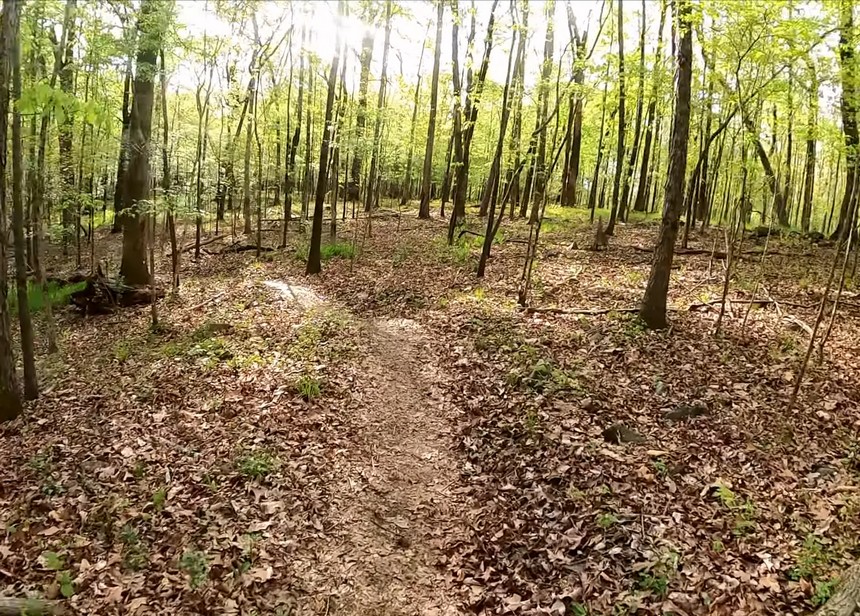
 5.3 mi
5.3 mi
